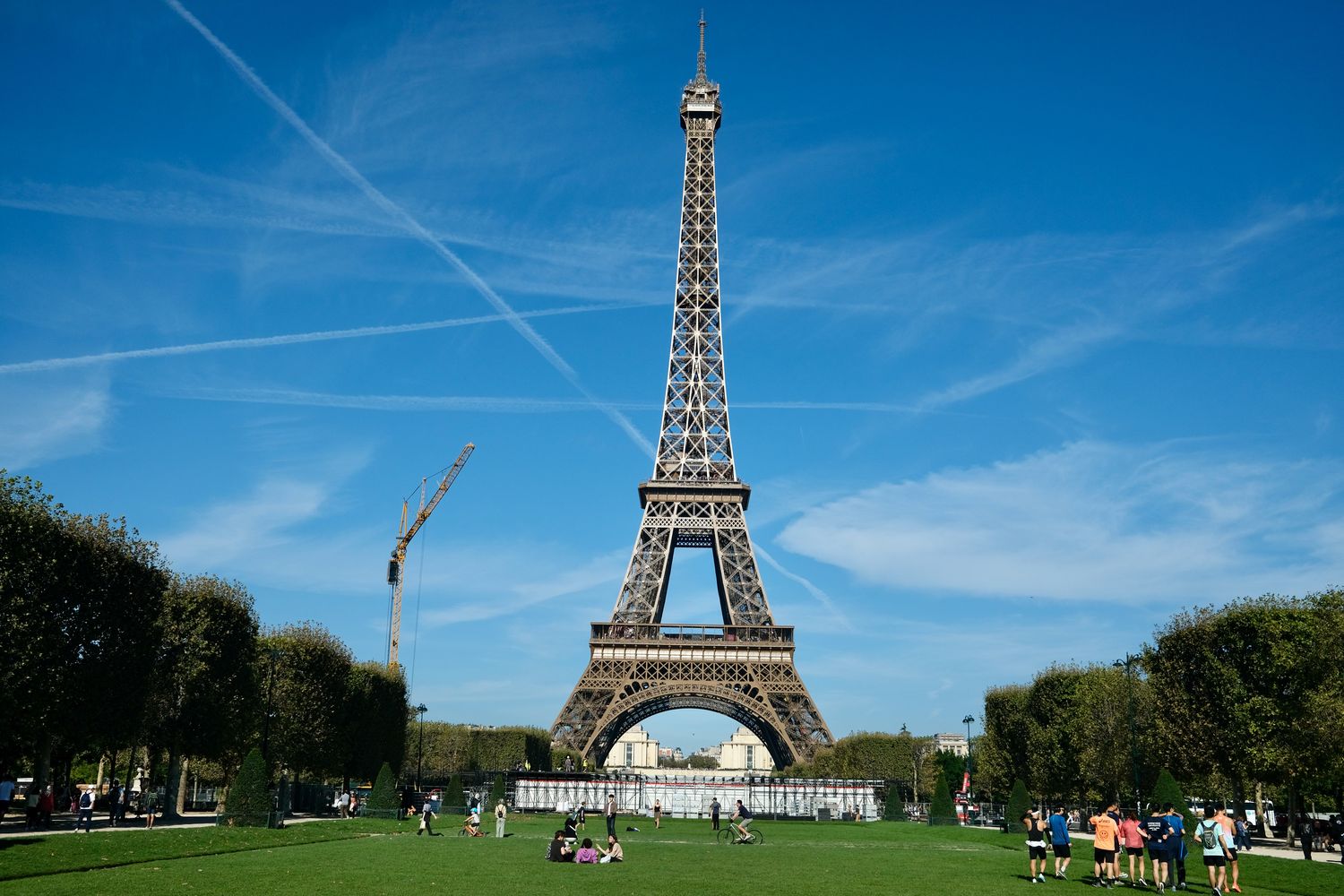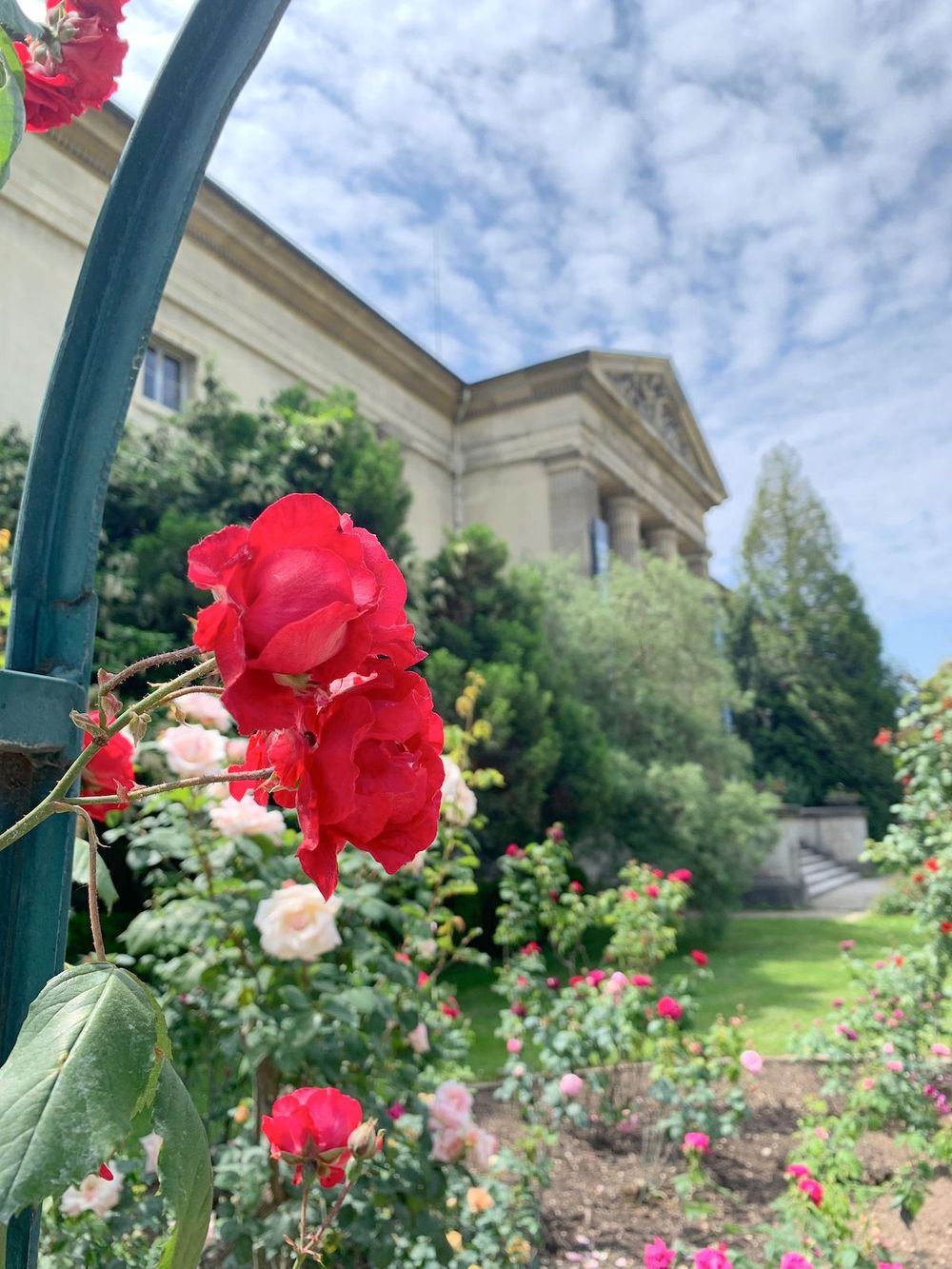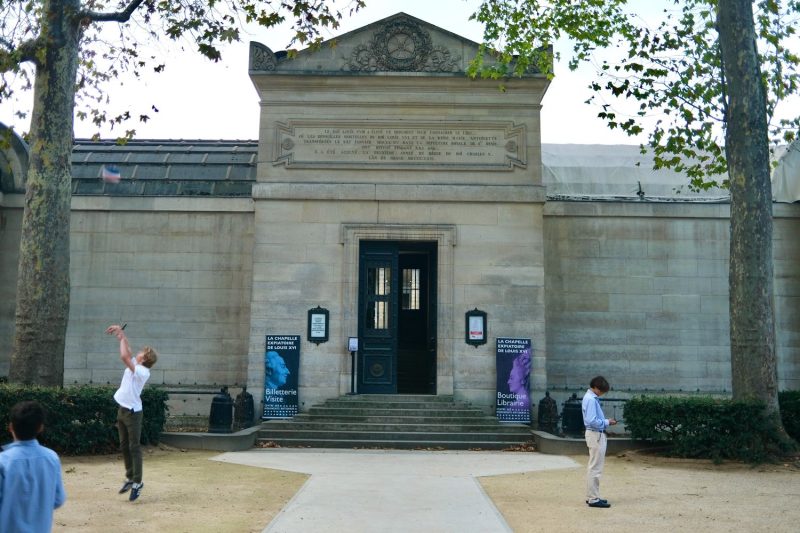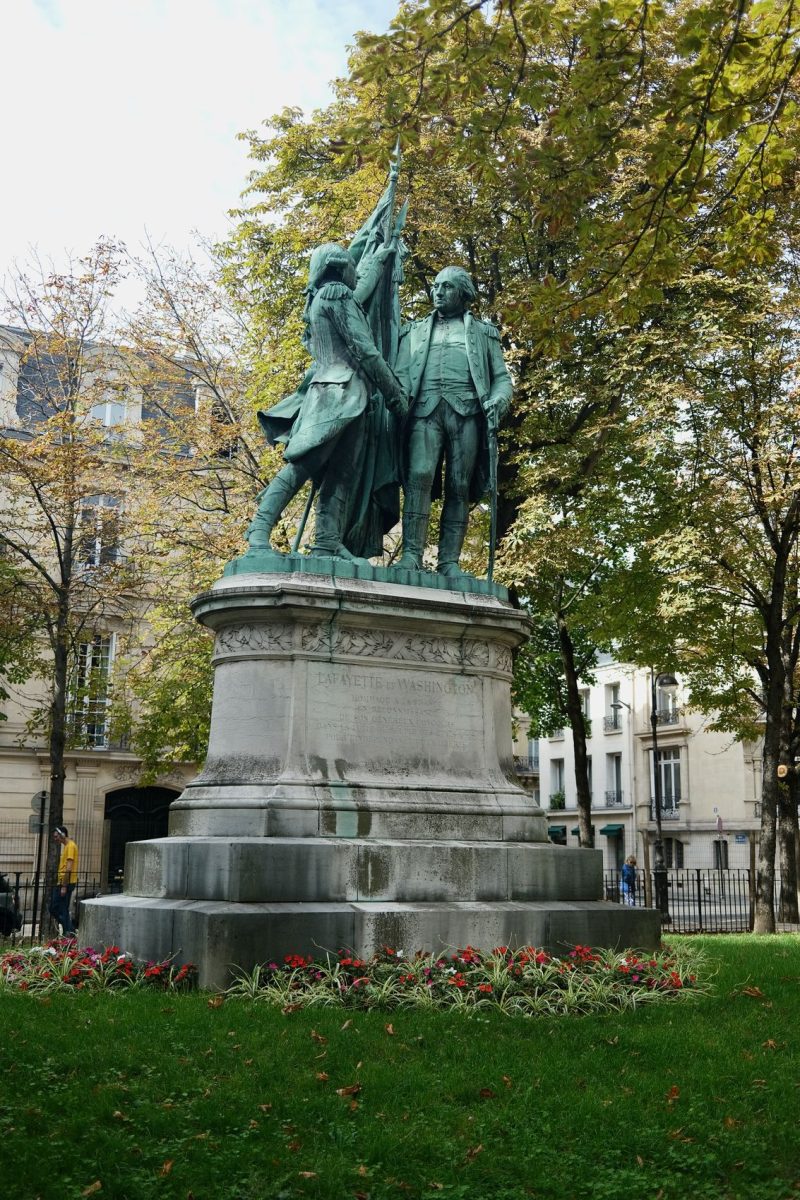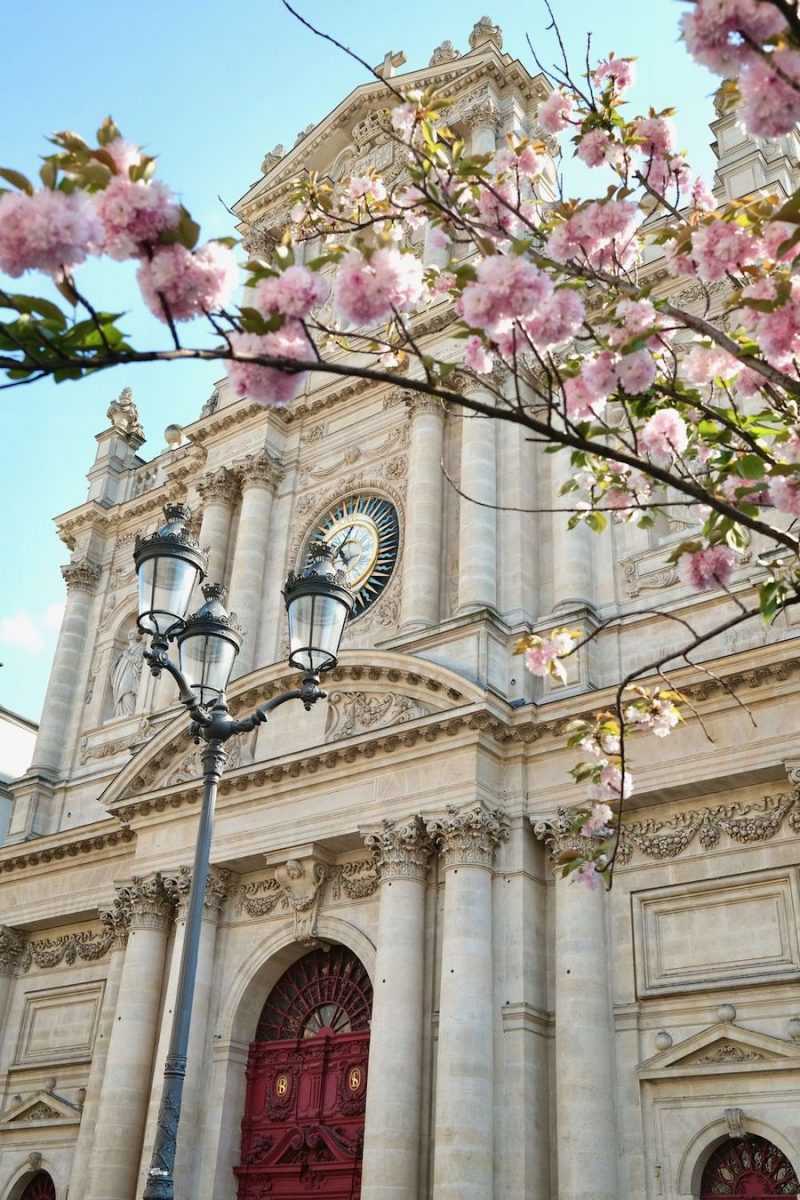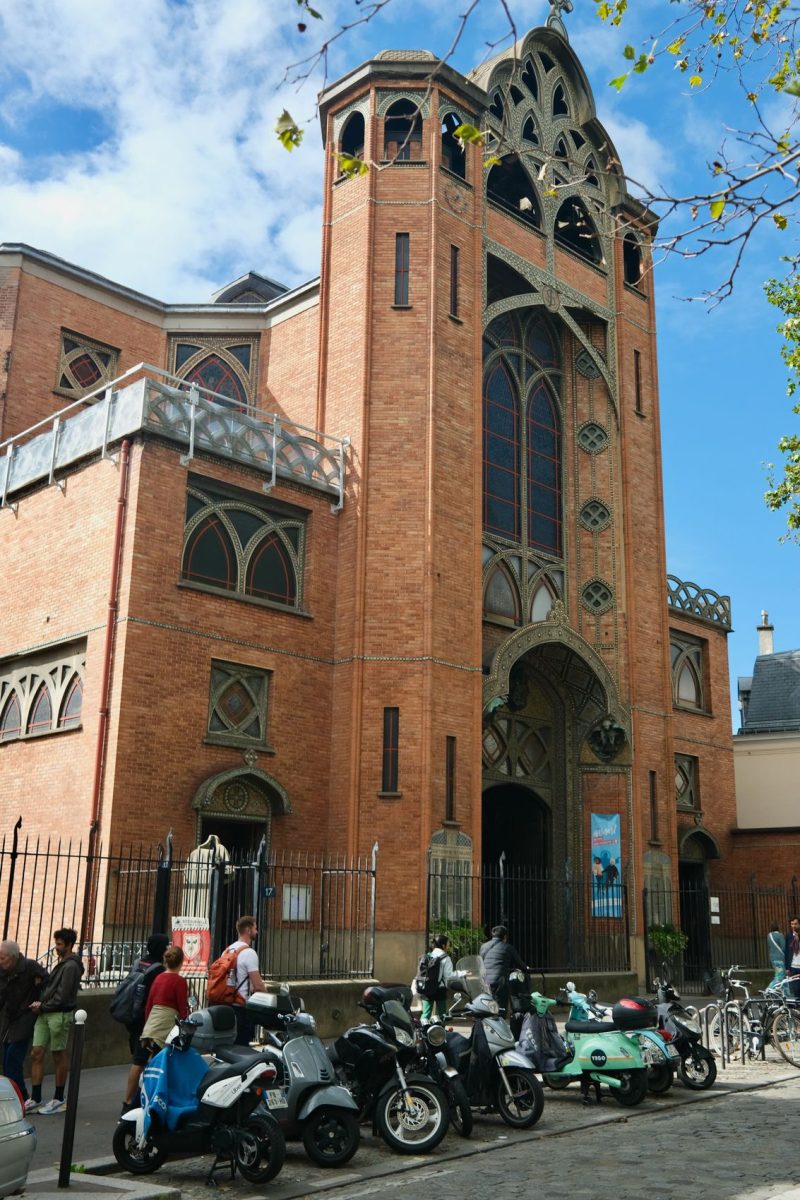Eiffel Tower Origins: From Despised Eyesore to Beloved Landmark
Culture Travel may earn a commission through links on this website. As an Amazon Associate, we earn from qualifying purchases.
Rising defiantly above the Parisian skyline like an iron lace giant, the Eiffel Tower has captivated the world for over a century—but it almost never happened. What began as a temporary installation for a world’s fair, despised by the city’s artistic elite as a “metal monstrosity” that would scar the City of Light forever, somehow transformed into the most beloved symbol of France itself.
The story of how Gustave Eiffel’s audacious 300-meter tower went from controversial eyesore to romantic icon is a tale of engineering brilliance, public defiance, and the power of time to turn rebellion into reverence. This is the unlikely history of the monument that nearly wasn’t—and the vision that changed Paris forever.
Origins and Design
The Eiffel Tower was conceived for the 1889 Exposition Universelle (World’s Fair) in Paris, celebrating the centennial of the French Revolution. The French government held a design competition in 1886, seeking a centerpiece monument for the exhibition.
Gustave Eiffel’s engineering company, along with engineers Maurice Koechlin and Émile Nouguier and architect Stephen Sauvestre, won with their iron lattice tower design.
Who Was Mr. Eiffel?
Alexandre Gustave Eiffel (1832-1923) was a French civil engineer and architect who became one of the 19th century’s greatest structural engineers.
Born in Dijon, France, Eiffel graduated from the École Centrale des Arts et Manufactures in Paris in 1855, specializing in chemistry and metalwork. He quickly found his calling in structural engineering, particularly working with iron and steel.
Eiffel built an impressive portfolio of bridges, viaducts, and structures across Europe and beyond:
- Garabit Viaduct (1884): A stunning railway bridge in southern France with a 165-meter arch span
- Maria Pia Bridge (1877): A railway bridge over the Douro River in Porto, Portugal
- Internal structure of the Statue of Liberty (1886): Eiffel designed the innovative iron framework that supports Bartholdi’s copper statue
- Numerous railway bridges and stations throughout Europe and South America
He became renowned for his innovative use of prefabricated iron components and his ability to calculate precise stresses and forces in large structures.
Construction (1887-1889)
Construction began on January 28, 1887, and took just over two years to complete—a remarkably short timeframe for such an ambitious project. The process involved:
- Foundation work: Deep foundations were required, especially for the two pillars on the Seine river side. Workers used compressed air caissons and massive concrete blocks.
- Prefabrication: The tower’s components were manufactured off-site with extreme precision. Over 18,000 metallic parts were held together by approximately 2.5 million rivets.
- Assembly: The structure rose in stages using specially designed wooden scaffolding and steam-powered cranes. At its peak, around 300 workers were employed on site.
- Safety record: The project had an impressive safety record for the era, with only one worker fatality during construction (occurring outside working hours).
Eiffel was deeply involved in every aspect of construction and personally funded a significant portion when government support fell short.
The tower was completed on March 31, 1889, standing 300 meters (984 feet) tall—making it the world’s tallest man-made structure, surpassing the Washington Monument.
Initial Reception: The “Artists’ Protest”
The tower faced fierce opposition before and during construction. In February 1887, a group of prominent artists, architects, and intellectuals published a letter in Le Temps newspaper, titled “Protest against the Tower of Monsieur Eiffel.” Signatories included famous names like Guy de Maupassant, Alexandre Dumas fils, and Charles Garnier (architect of the Paris Opera).
They called the tower various derogatory names:
- “A metal monstrosity”
- “Useless and monstrous”
- A “gigantic black factory chimney”
- An “odious column of bolted metal”
Critics argued it would disfigure Paris’s elegant skyline and dominate monuments like Notre-Dame and the Arc de Triomphe. The writer Guy de Maupassant allegedly ate lunch in the tower’s restaurant regularly, claiming it was the one place in Paris where he couldn’t see the tower itself!
Public Embrace
Despite elite opposition, the public reaction was overwhelmingly positive. During the 1889 Exposition, nearly two million people ascended the tower. It became the fair’s most popular attraction! Visitors were amazed by the engineering feat and the panoramic views of Paris.
From Temporary to Permanent
The tower was originally intended to stand for only 20 years and was scheduled for dismantling in 1909. However, several factors saved it: Its value as a radiotelegraph station (wireless telegraphy experiments began in 1898), its use in intercepting enemy communications during World War I, and growing public affection and its emergence as a symbol of Paris.
Legacy
Over time, critics’ voices faded, and the Eiffel Tower became the beloved icon it is today. What was once derided as an eyesore transformed into the universal symbol of Paris and one of the world’s most recognizable structures. It demonstrated how revolutionary engineering could become great architecture, and how public opinion can shift dramatically when confronted with bold innovation.
The tower welcomed its 300 millionth visitor in 2007 and remains one of the most visited paid monuments in the world, vindicating Gustave Eiffel’s vision against his contemporary critics.
